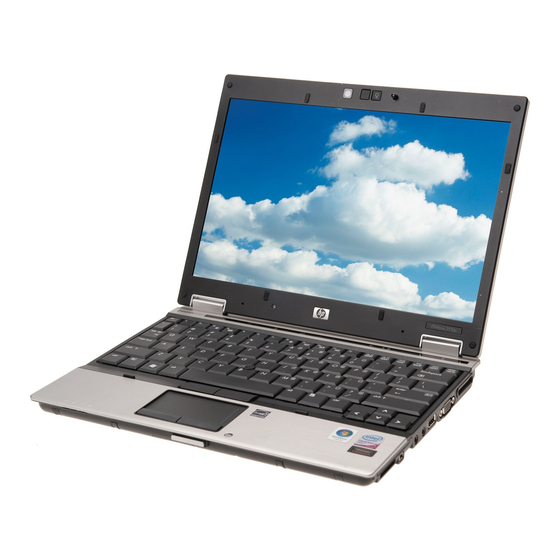HP 2530p - EliteBook - Core 2 Duo 2.13 GHz Manuallines - Página 2
Procurar online ou descarregar pdf Manuallines para Ambiente de trabalho HP 2530p - EliteBook - Core 2 Duo 2.13 GHz. HP 2530p - EliteBook - Core 2 Duo 2.13 GHz 7 páginas. Notebook pc
Também para HP 2530p - EliteBook - Core 2 Duo 2.13 GHz: Especificações (36 páginas), Manual do produto (16 páginas), Manual do utilizador (15 páginas), Manual da rede (16 páginas), Especificações (2 páginas), Manual do utilizador (27 páginas), Manual de configuração (19 páginas), Visão geral (16 páginas), Manuallines (12 páginas), Manual de instalação do software (8 páginas), Manuallines (6 páginas), Manual de instalação e configuração (18 páginas), Instalação do controlador (20 páginas), Manual (20 páginas), Manual do utilizador (31 páginas), Manual do utilizador (46 páginas), Manual do utilizador (44 páginas), Manual do utilizador (42 páginas), Especificações (45 páginas), Manual do utilizador (30 páginas), Manual do utilizador (24 páginas), Especificação rápida (46 páginas)

